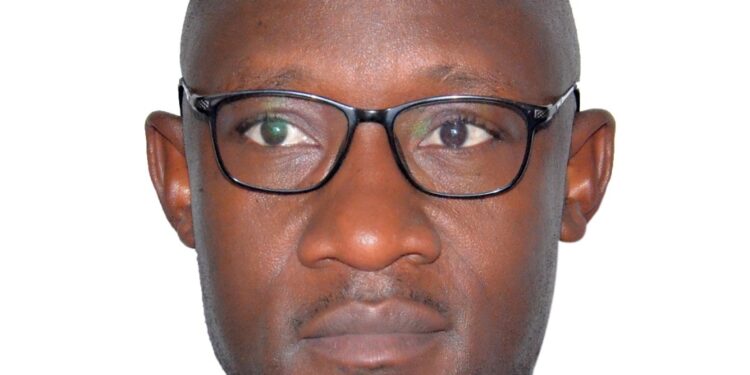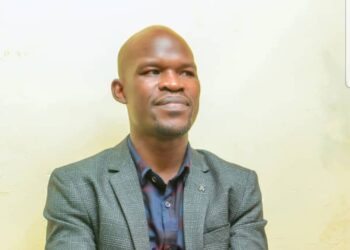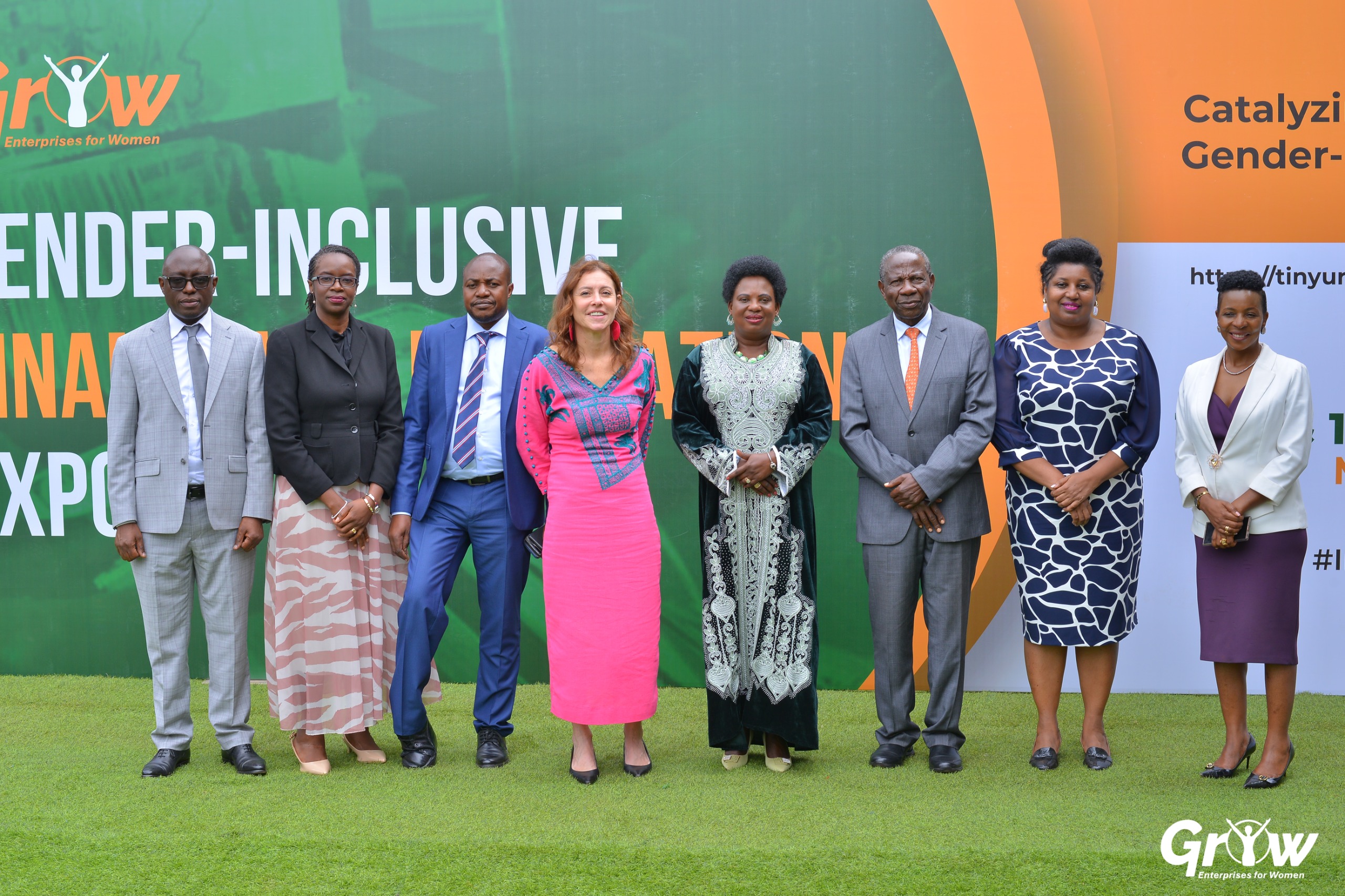To understand what works and what does not in addressing the climate change crisis that has rendered some roads impassable in Karamoja, the northeastern corner of Uganda, it is useful to begin with historical evidence presented by Professor Mahmood Mamdani. Citing a Rockefeller-funded study, Mamdani (1982) revealed that “the adverse environmental conditions were making the Karimojongs ‘handicapped.’” By handicapped, he meant that men and women in Karamoja are willing to engage in productive activities, yet in practice, such opportunities often become too difficult to pursue.
This observation remains relevant today. The recent heavy rains in northern Karamoja once again made roads nearly impassable, leaving communities stranded with limited options. The recurring dilemma where even a slight change in climate severely disrupts livelihoods is the central issue of this article.
It raises a fundamental question for stakeholders: to reduce people’s struggles with climate related effects, such as impassable roads, what will truly work? Is it adaptation, mitigation, or climate justice?
This question matters because the way a problem is defined shapes the solutions that are pursued. While numerous climate interventions have been implemented in Karamoja to reduce vulnerability, even small climatic shifts continue to push people back into crisis. Could it be that adaptation, mitigation, and climate justice measures are not being applied effectively?
The Intergovernmental Panel on Climate Change (2020) defines adaptation as adjusting to the impacts of climate change.
However, Professor Oweyaga-Afuunaadhula (2025) challenges this definition, arguing that the very notion of “adaptation” implies failure to restore conditions to their previous state. Mitigation, on the other hand, focuses on reducing the causes of climate change (IPCC, 2020), while climate justice frames the crisis not only as an environmental challenge but also as a social and ethical one, demanding fairness in both impacts and responses (Sunstein, 2025).
Having outlined these three approaches, this article returns to the central question for stakeholders: which of these solutions will truly work to reduce Karamoja’s climate challenges, such as the recent road disruptions caused by intense rainfall? Asking this question is essential if the region is to avoid continually confronting the same cycle of vulnerability.
Ayub Mukisa (PhD)
Executive Director-Karamoja Anti Corruption Coalition
Email:ayubmukisa@gmail.com
Do you have a story in your community or an opinion to share with us: Email us at editorial@watchdoguganda.com














